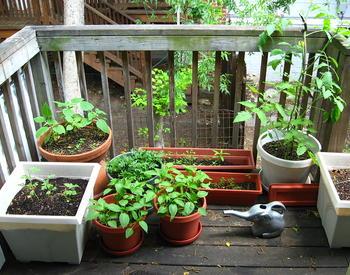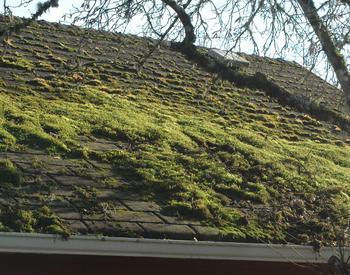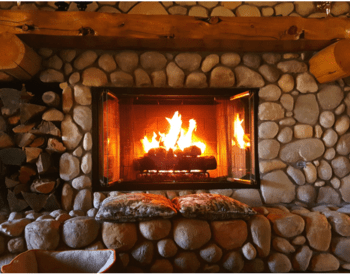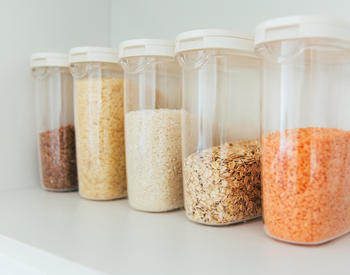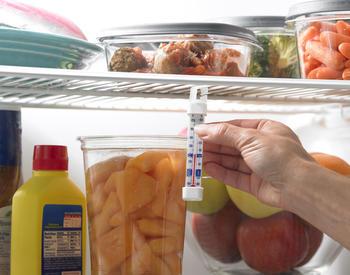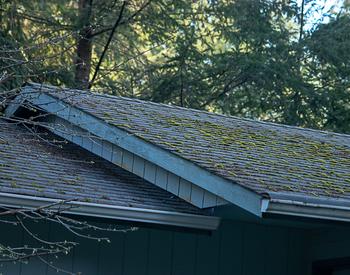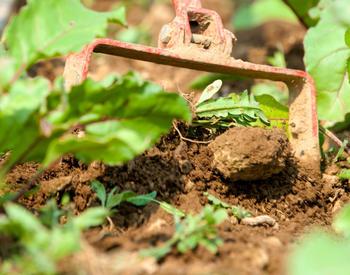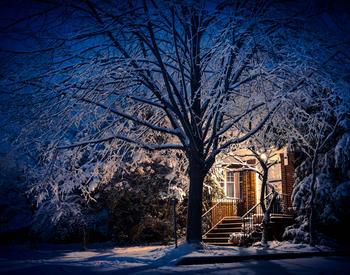In the fall and winter months, I struggle with mold in my attic, closets, and on my windowsills. I have been sick for some time and believe it's from the mold. What are some tips for identifying and removing mold in my house?
I am sorry to hear you are dealing with mold and illness. Since you can see mold, you know it is present, and there's no need for testing. Any type of mold can cause structural damage to a home and may contribute to health issues. The Center for Disease Control and Prevention (CDC) does not recommend mold testing. All mold should be removed, and tests are both expensive and lack set standards, according to the CDC.
Mold prevention
Mold is a symptom of excess moisture in a given area. Mold needs moisture to grow, so finding and removing the source of moisture is critical.
Here are some strategies to minimize moisture and prevent mold growth:
- Keep humidity levels in your home as low as you can. An air conditioner or dehumidifier will help you monitor this and can be purchased from home improvement stores. Humidity levels should be below 50%. Humidity levels change throughout the day and during different seasons, so check frequently.
- Be sure the air in your home flows freely. Use exhaust fans that vent outside your home in the kitchen, laundry appliances, and bathroom. If the exhaust flows into the attic, it may can cause mold to grow there.
- Repair leaks in your home’s roof, walls, or plumbing.
- Add mold inhibitors to paints before painting. They can be purchased at paint and home improvement stores.
- Clean up and dry out your home fully within 24–48 hours after a flood. Remove carpets and upholstery that have been soaked and cannot be dried. Consider avoiding carpeting in bathrooms or basements that may have a lot of moisture.
Mold removal
Once you have identified and fixed the source of water, you will want to remove the mold. If the area of mold is small (less than 10 square feet), or you have several small patches, you can remove it yourself. If the area is larger, the United States Environmental Protection Agency recommends hiring a professional to remove the mold at that stage. The professional may also be able to help you find and fix the water source.
I highly recommend the resources from the Environmental Protection Agency. They have a checklist for removing mold and provide helpful resources if you choose to hire a company to help remove the mold.
Using vinegar to clean mold:
- Wear a face mask to avoid breathing any mold spores or dust as you clean the area.
- To remove slime mold, remove and place the large pieces in a plastic bag; then tie the bag shut and discard. Spray the area with a mixture of water and vinegar - half water, half vinegar. Next, scrub to remove all traces of the mold.
- For removal of black and white mold, spray the area with the half water and half vinegar solution. Once it is wet (this keeps the mold spores from spreading through the air), scrub all affected areas until the mold is gone. The vinegar solution both cleans the area and kills the mold. Allow the area to dry fully.
Using bleach to clean mold:
- Never mix bleach with ammonia or other household cleaners. Mixing them will produce poisonous gas.
- Always follow the manufacturer’s instructions when you use bleach or any other cleaning product.
- Open windows and doors to provide fresh air and ventilation.
- Wear protective equipment such as rubber gloves and goggles when using bleach.




